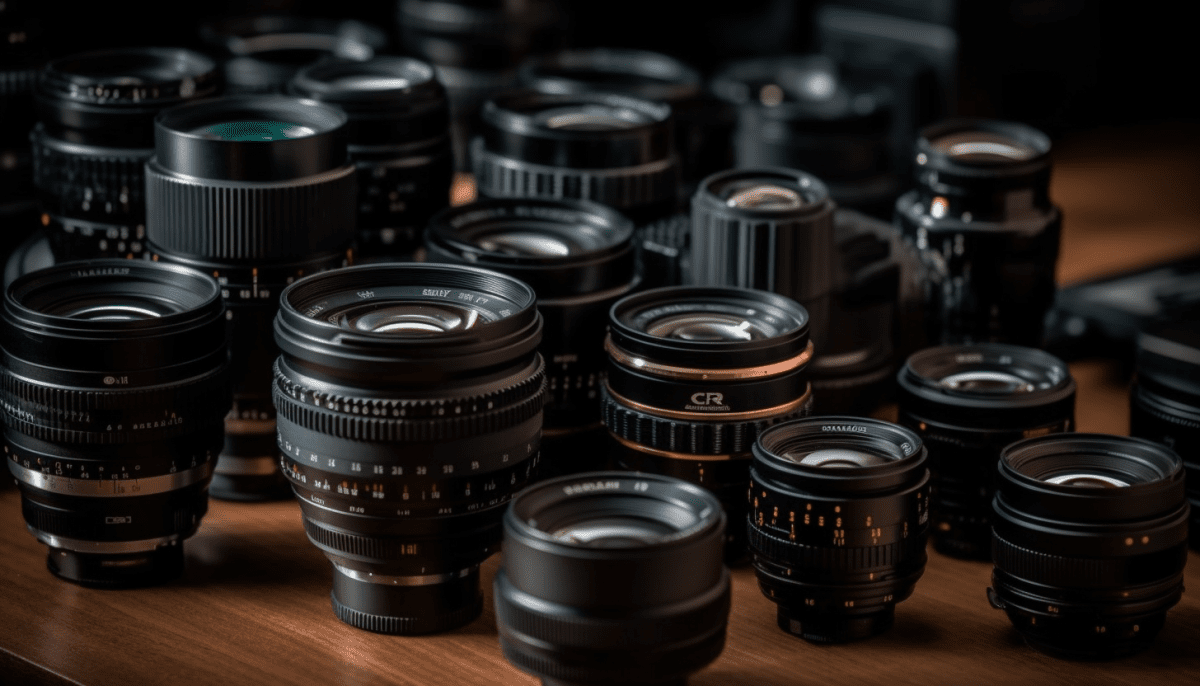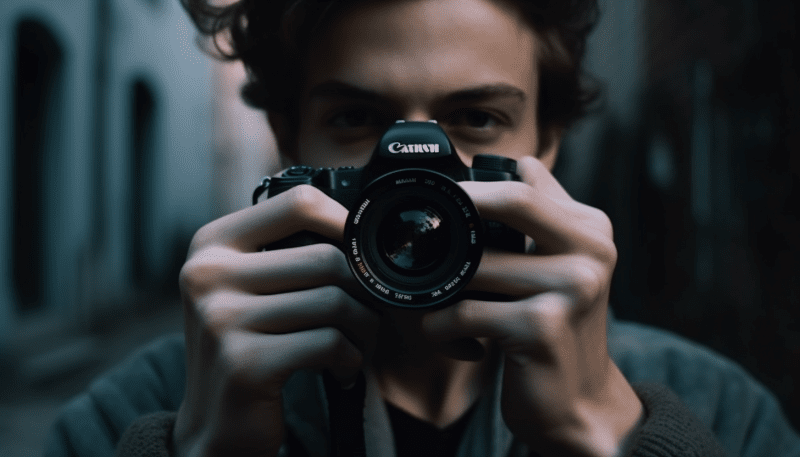When it comes to picking the right camera lens, there’s a lot to consider. Different lenses can change how your photos look, and each type has its own strengths. So, how do you choose? Let’s break it down a bit.
First, think about what you love to shoot. Are you into landscapes, portraits, or maybe wildlife? For wide-open views, a wide-angle lens is your best friend. It captures more of the scene without you having to back up too much. On the other hand, if you love snapping pictures of people, a prime lens with a wider aperture will help you create dreamy backgrounds, making your subject pop.
Next, consider the lens's focal length. A good rule of thumb is that a longer focal length is better for getting close to your subject, like in sports or wildlife photography. If you're aiming for a broader perspective, shorter focal lengths work great. Check out these common options:
Finally, don’t forget about your budget. You can find both new and used lenses at a range of prices. Sometimes, renting a lens before buying is a smart move to see if it fits your style. No matter what you choose, remember that the best lens is the one that helps you tell your story through your photos. Happy shooting!
Understanding Lens Types and Features
When you're diving into the world of camera lenses, it's important to know that not all lenses are created equal. Each type has its own unique features, designed to help you achieve specific results. Let’s break down some of the common lens types and what they can do for your photography.
Prime Lenses: These lenses have a fixed focal length, meaning they don’t zoom in or out. They tend to be super sharp and perform really well in low light. If you want that beautiful bokeh effect in your portraits, a prime lens with a wide aperture (like f/1.8) is a great choice.
Zoom Lenses: Zoom lenses give you the flexibility to change focal lengths without switching lenses. They’re perfect for capturing a variety of shots quickly, making them great for events like weddings or sports. Popular options include 24-70mm or 70-200mm, which cover a wide range for both landscapes and portraits.
Wide-Angle Lenses: If you're shooting landscapes or architecture, a wide-angle lens can be a game changer. These lenses usually range from 10mm to 24mm and let you capture more of the scene in a single shot. Just keep in mind, they can exaggerate perspective, so use them wisely!
Telephoto Lenses: For those close-up shots from a distance, telephoto lenses are what you need. They can range from around 70mm up to 300mm or more. These are ideal for wildlife photography or any situation where you can’t get too close to your subject. Plus, they help create stunning portraits with nice background compression!
Essential Tips for Using Camera Lenses
Using camera lenses can seem tricky at first, but with a few handy tips, you’ll feel more confident in no time. Here are some straightforward pointers to help you make the most of your gear.
1. Understand Lens Types: Different lenses are designed for different purposes. For example, a wide-angle lens is great for landscapes, while a telephoto lens can zoom in on distant subjects. Take some time to learn what each type does and pick the right one based on what you're shooting.
2. Keep the Lens Clean: Dust and smudges can ruin your photos. Use a microfiber cloth to gently wipe the lens before shooting. If you notice any dirt stuck on there, consider investing in a lens cleaning kit. A clean lens means clearer pictures!
3. Mind Your Aperture: The aperture controls how much light gets into your camera and affects your depth of field. A wider aperture (like f/1.8) is great for portraits and low-light shooting, while a narrower aperture (like f/16) is better for landscapes. Play around with different settings to see how they impact your photos.
4. Experiment with Focus: Don’t be afraid to switch between autofocus and manual focus. Sometimes, manual focus can give you a more precise control, especially in tricky lighting situations. Take some test shots to see which method works best for your style.
Maintaining Your Camera Lenses for Longevity
Keeping your camera lenses in great shape is key to capturing beautiful photos. A little love and care can make all the difference in their performance and lifespan. Let’s look at some friendly tips to help you maintain your lenses and keep them shooting clear and vibrant images.
First off, always use a lens cap when your camera isn’t in use. It might seem simple, but this little habit goes a long way in preventing scratches and dust from settling on your glass. When you’re ready to take photos, remember to check the front and back of the lens for any dirt or fingerprints. Using a microfiber cloth or a lens cleaning solution can help keep things crystal clear.
Regularly inspect your lenses for any signs of damage. Look for scratches, haze, or fungus; these can seriously impact image quality. If you notice anything unusual, it might be worth consulting a professional for repair. Plus, store your lenses in a cool, dry place when you’re not using them. Avoid extreme temperatures and humidity, as these conditions can cause more harm than you might expect.
Lastly, if you love switching lenses, be sure to do it in a dust-free environment. Changing lenses outside or in a windy area can let dirt particles into your camera body. Try to keep the camera pointing down when you switch lenses, so any dust has less chance of settling inside. With these simple practices, your lenses can stay in top condition for years to come!



